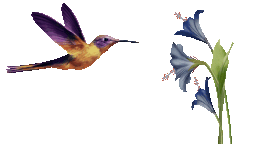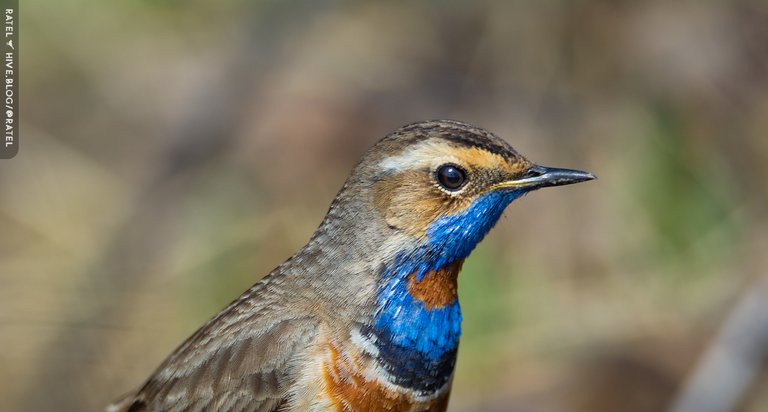
🦉 The bluethroat (Luscinia svecica)
- Luscinia (lat.) Nightingale
- svecica suecicus (lat.) Swedish; the name svecica, according to the history of the description, is not a toponym, but is given for the color of the male's chest:
Olof Rudbeck junior, Swedish botanist and birdwatcher, mentor to Carl Linnaeus, having discovered the bluethroat in 1695 in Lapland, he gave it the name Avis Carolina in honor of the Swedish king Charles XI and the blue-yellow Swedish flag (in those days the yellow color on the flag was more reddish), and K. Linnaeus in 1758, when the absolute power of the monarchy in Sweden was no longer, considered the name svecica more correct than carolina (Jobling, 2010)
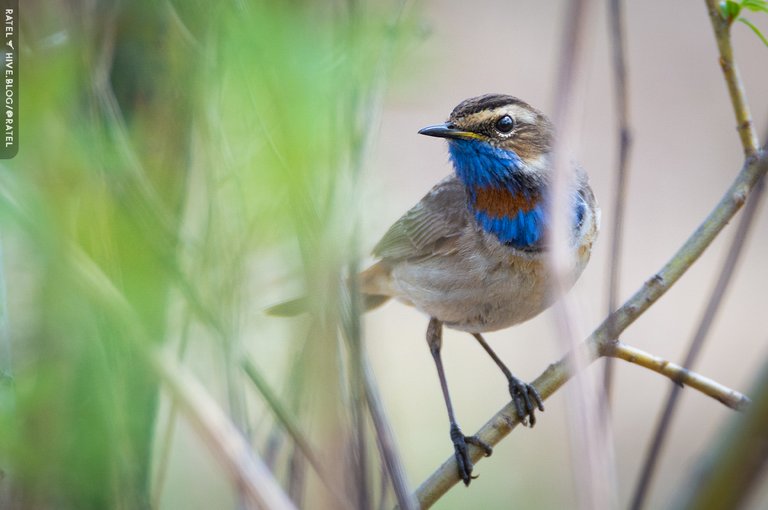
This beautiful nightingale arrives at the beginning of May, when spring is already in full force, when it is already warm and there is no snow. However, in the neighboring region where there are steppes, I met these birds even earlier, in the last days of April, and the weather was cool but sunny. And because of the high humidity, there was still snow in some places.
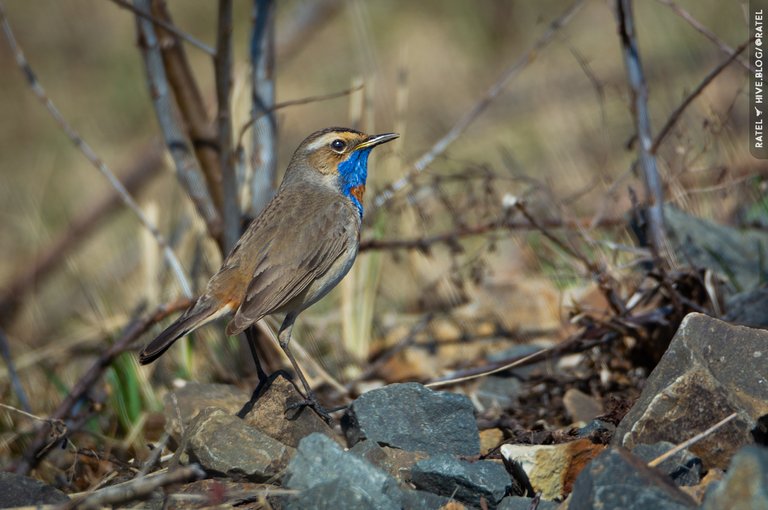
The steppe regions proper, flooded meadows and shrub zones are the typical habitats of these birds.
And it is in the spring, during the mating season, that the best time to observe these birds is. The males actively sing, show themselves off. And in the summer these birds are completely invisible, and not only because of the dense vegetation, but the birds themselves behave inconspicuously and no longer sing songs.
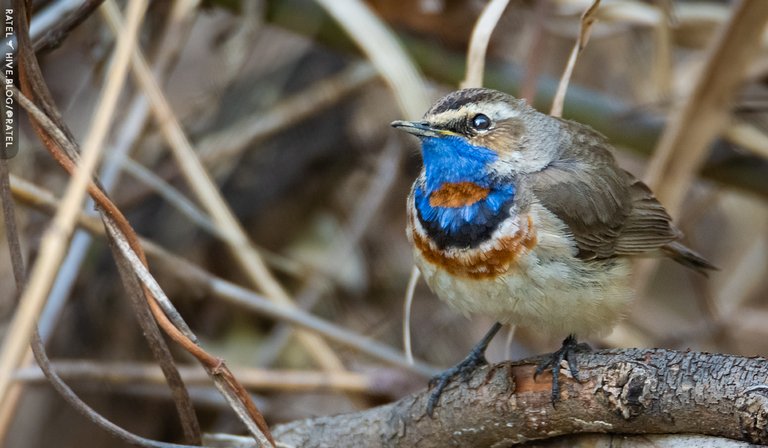
| Camera | Lens |
|---|---|
| Nikon D5200 | Tamron SP AF 150-600mm f/5-6.3 Di VC USD |
